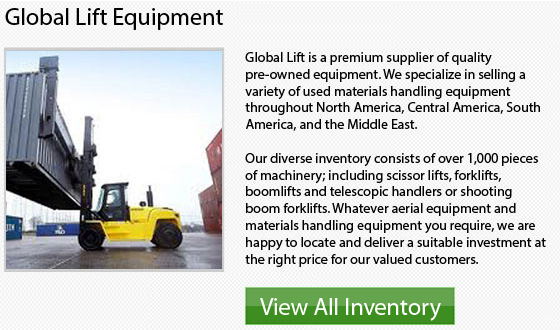
In the last ten years, telehandlers, also referred to as rough terrain variable reach lift trucks, have exceeded the reputation of powered mobile machinery. These machines have become the gem of the construction business and with good reason. These types of machinery are practical, versatile and extremely strong. Because several manufacturers and models has exploded during the last 5 years or so, there are presently a number of these machines readily available on the market.
In technical terms, a telehandler is considered to be an ITA* Class 7 Powered Industrial Truck. This description means it is a rough terrain forklift, but only in name only. Any of the similarities between a vertical mast type of forklift and a telehandler literally ends on operation and on sight. There are several other significant differences between the two equipment discussed below.
As apposed to a vertical mast, a telehandler has an entirely different look since it is designed with a horizontal boom. A telehandler with a jib attachment from a distance can look more like a crane than a lift truck. The boom is able to telescope or retract and extend to lengths of 30 feet and beyond which depends on the specific unit. The boom is also able to elevate to an angle from horizontal to roughly 70 degrees. Telehandlers have been referred to as "zoom booms" due to their ability to telescope. This name has become rather popular with the operators.
Another optional boom related function is called a "Transaction". The telehandler outfitted with this option mounted on the chassis. When the operator starts it, the boom will move back and forward for distances up to 8 feet or more. Among the major benefits of this function is that it allows the forks to be withdrawn from a cargo cleanly or with no snags and the forks could be cleanly inserted underneath, regardless of the boom angle.
Zoom booms have changed the construction business. They are able to perform numerous jobs which used to take much more man-power and time to finish.